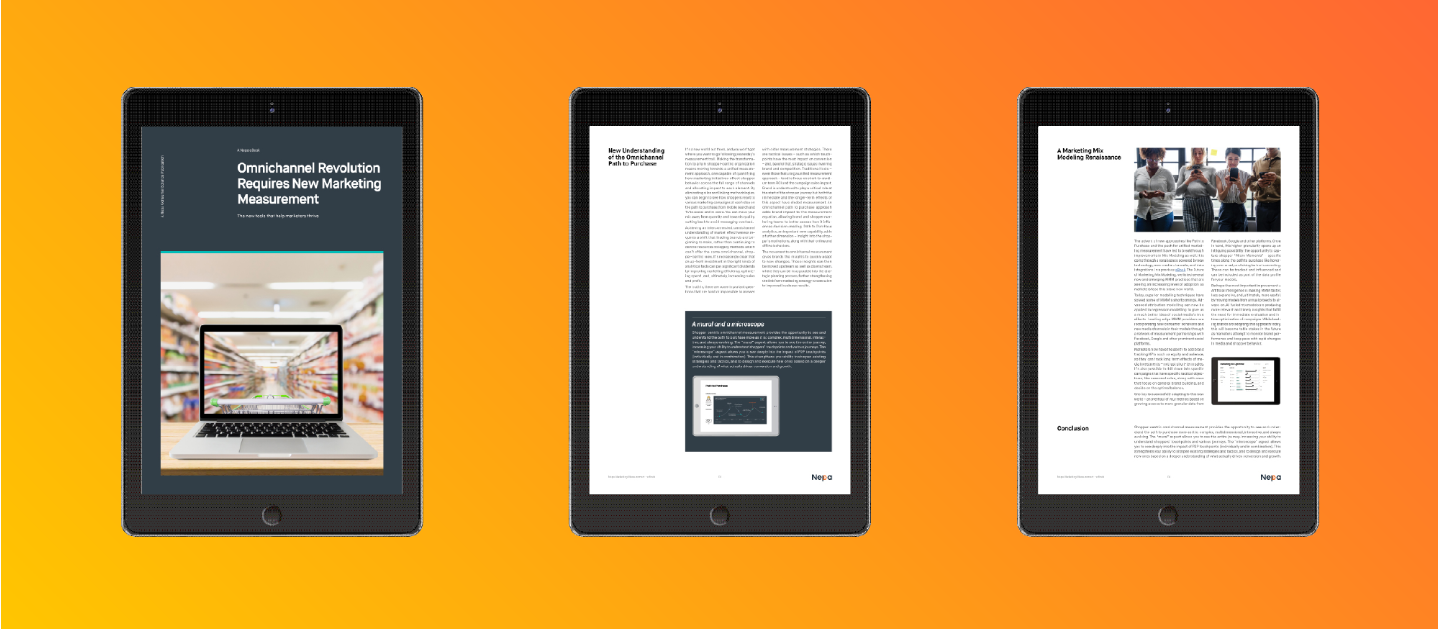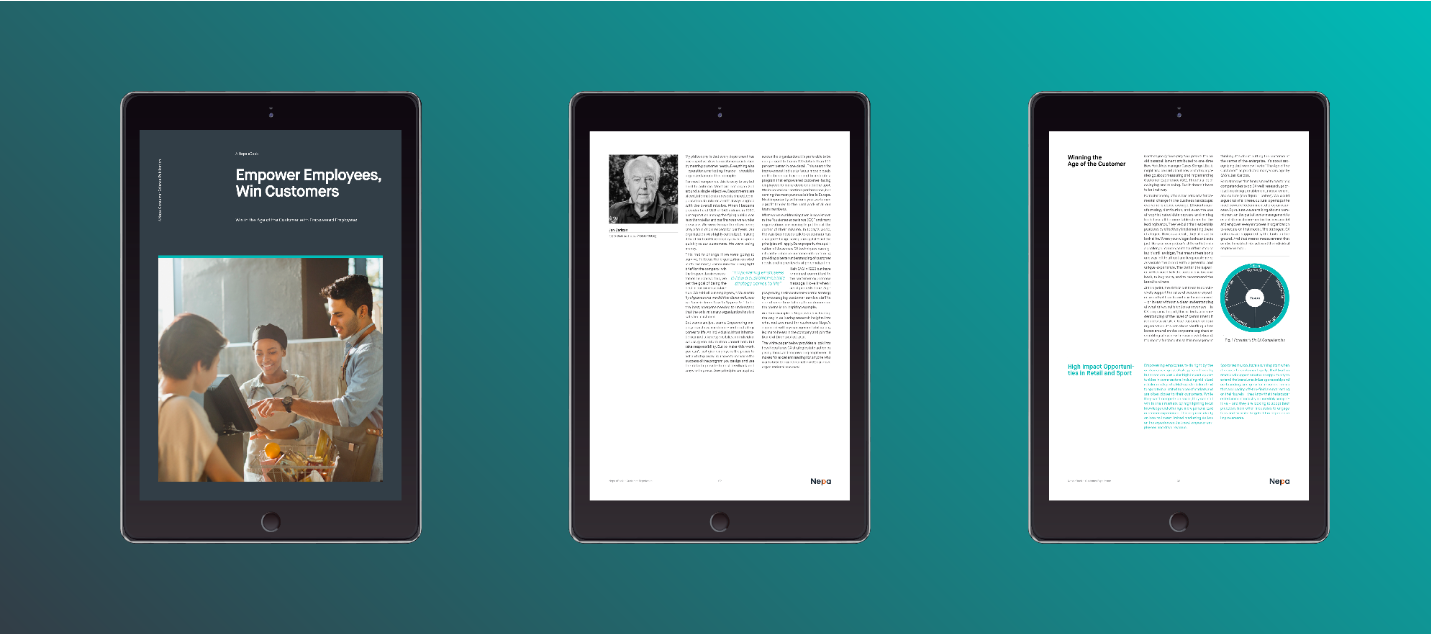CX measurement software has made it possible for virtually any company to collect feedback from its customers and distribute it to the organization. The efficiency and scalability of customer experience input has been welcomed by CX practitioners and insight professionals – attracting multi-billion-dollar valuations and acquisitions. While this has been a positive development for the CX discipline, many companies have not realized the Customer Experience and financial gains they expected. Why? Because technology alone is not enough to drive results. Here’s a few reasons why:
It Takes More than Tech to Maximize the Value of CX
Measuring and understanding Customer Experience (CX) can be as much of an art as a science, something lost with a “tech-only” approach. Technology is a tool in the process and an indispensable one, but in and of itself it’s not enough to maximize the value of CX for companies and brands.
What do you lose? A lot. This “one-size-fits-all” approach means you give up the ability to evolve and customize your program right out of the gate and as the market changes. Behind the tool there is, or should be, an advisory process that helps fine-tune questionnaires, integrate the data, and apply the appropriate analytics for each brand’s specific needs. A tech-only platform puts a heavy burden on the company, which may or may not have the internal resources to follow through. The result is an incomplete picture of the customer journey.
What, not why
Technology platforms are built for operational customer experience management. They’re fast and effective at providing feedback to managers in the field. But they lack the strategic dimension that a knowledgeable insights firm brings to the task. They talk only to current customers ( “during” the journey), and fail to capture data on the “before” and the “after” of the customer experience. They don’t have the capability to incorporate the longer-term influences of ‘brand’ in the process, and brand, as we have repeatedly seen, is a critical element in influencing buying decisions.
The result is that the operational CX program delivers little or no insight into the company’s potential customers and their movement along the customer journey. This translates into lost sales. Much the same is true of former customers: there’s no ability to answer the critical question “why”? Why are they no longer customers? Could something have been done to prevent their defection? Is there an offer that would potentially win them back? The platforms can identify who is no longer a customer but the critical insight into the motivation behind the churn is lost.
There is also the question of “future proofing.” A tech-only platform will only evolve so fast in keeping with broader market demands. CX measurement software firms are reluctant to make changes just to accommodate a single user. Once again, companies are forced to rely on their own internal resource to address versioning issues, another example of how what is billed as a relatively simple solution can quickly spiral into something much more complex and demanding.
Data is everywhere
At this point, capturing CX data is no longer an issue for most companies. Platforms in place are delivering massive amounts of information to brand teams and marketing managers in something approximating real time. Maximizing the insights derived from that data will separate companies that are capable of delivering an exceptional customer experience from those that are just average. That can’t be done with technology alone.











